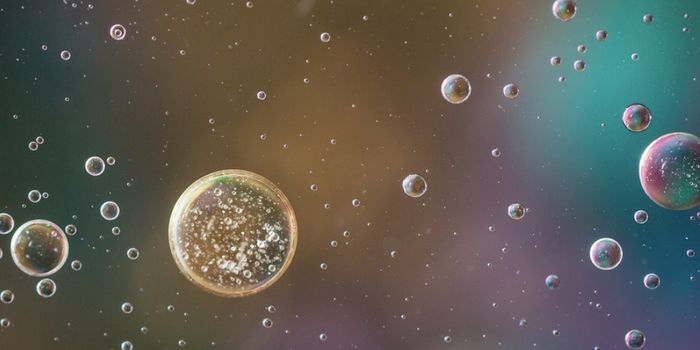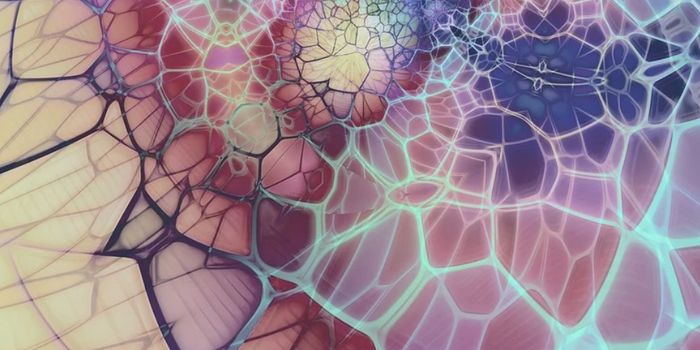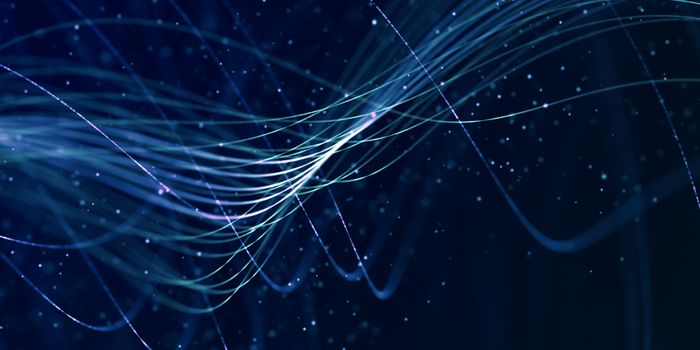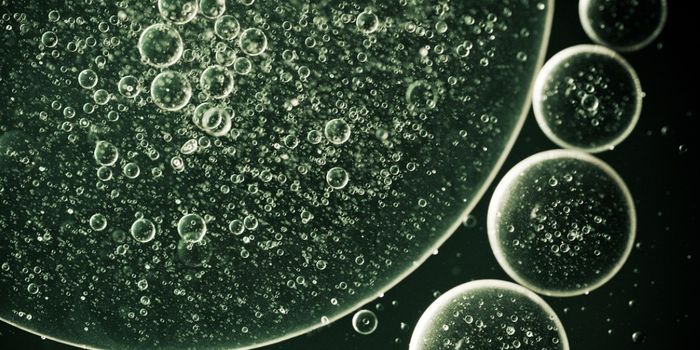Deciphering The Social Networks of Proteins
In a textbook, the inside of a cell is a neatly organized place with clear organelles and structures. But cells are also packed with stuff like proteins, complexes, and little sacs. The proteins have a variety of different functions, and have to be in the right places at the right time, sending signals, binding and separating, and keeping cells alive and healthy. Studying the links between proteins has been challenging, however, and scientists have often examined protein interactions by studying only two at once. But in living cells, proteins are surrounded by other proteins and their connections are probably far more complex. A new study has investigated this complicated network of connections between proteins in human cells. The findings have been reported in Nature.
In this study, the researchers used a method to assess intersections or nodes in the protein interaction network. This tool is mass spectrometry combined with affinity purification (AP-MS). In affinity purification, all of the links that one specific protein has can be assessed, and isolated. The protein of interest is baited with a fluorescent tag that can isolate it, along with all of the interacting proteins. With mass spectrometry, a protein's level of involvement can also be measured. Thus, the proteins that directly interact with some target protein can all be identified.
The researchers used yeast in this work, which shares many fundamental qualities with human cells. This work showed that in yeast cells, most proteins have close connections, and each protein forms an average of sixteen connections; all proteins only have about 'four degrees of separation' in a yeast cell.
The investigators are hopeful that this study will lead to new insights about physiology and disease. Understanding how things go awry means also knowing how they should be working normally.
"In our study, we were able to discover many new connections between proteins that also occur in human cells and are associated with diseases such as cancer or Huntington's disease," noted first study author André Michaelis.
"The findings of our study have given us an unprecedented insight into the protein network of our cells. I am convinced that the connections and interactions we have discovered will be of crucial importance in the future for the treatment of diseases caused by faulty protein interactions. An exciting project with incredibly detailed results," added senior study author Matthias Mann.
Sources: Max-Planck-Institute, Nature









